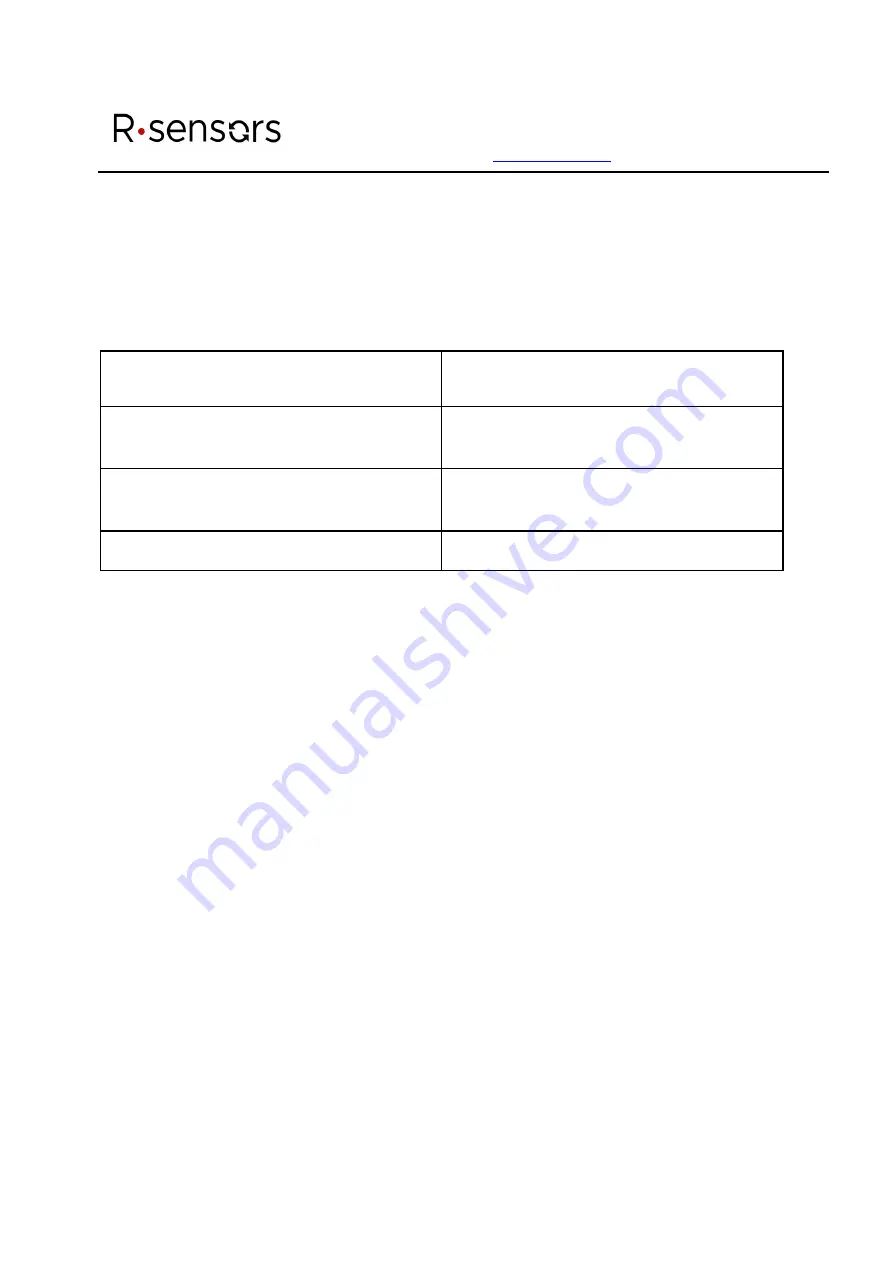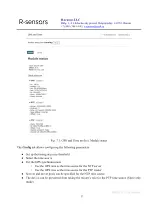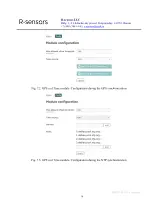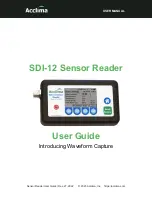
R-sensors LLC
Bldg. 1, 4, Likhachevsky proezd, Dolgoprudny, 141701, Russia
+7 (498) 744-69-95,
r-sensors@mail.ru
NDAS-N. User Manual.
23
5.6 Auxiliary ADC
The auxiliary ADC is used to measure slowly changing indicators such as temperature, pressure,
humidity, wind speed, etc.
A short list of characteristics of the auxiliary ADC is given in the table:
Sampling rate
0.1, 1, 4 Hz
Number of channels
(switched by the program)
6 single-ended /
3 differential
Input range
± 18 V single-ended /
± 36 V differential
ADC resolution
12 bit
5.7 Time synchronization and NJSP
The synchronization status information is transferred to the NJSP stream metadata as follows.
The timestamp of each package in the stream contains three fields:
Timestamp, Drift, Drift time
.
Timestamp
is a timestamp in the sampling system of the quartz ADC generator. At the moment
of enabling, the time of the first sample is tied to the system time. The timestamp of each subsequent
sample is calculated based on the number of samples since the start. In this time system the data stream
is always continuous.
Drift
is the last measured time deviation of the ADC samples from the system time. The internal
algorithm smoothly corrects the frequency of the quartz generator to compensate for this deviation and
maintain synchronization of the ADC with the system time.
Drift time
is a drift measurement time.
If the system time is not valid and the
Sync only if time valid
option is active, the ADC time is
not synchronized with the system time, and the
Drift
and
Drift time
fields are not updated. In this case,
the
Drift
field will contain the last measured drift value at the valid time, and the
Drift time
will contain
the last measurement time respectively.
















































